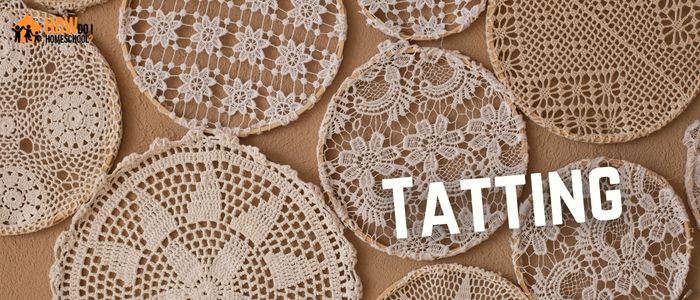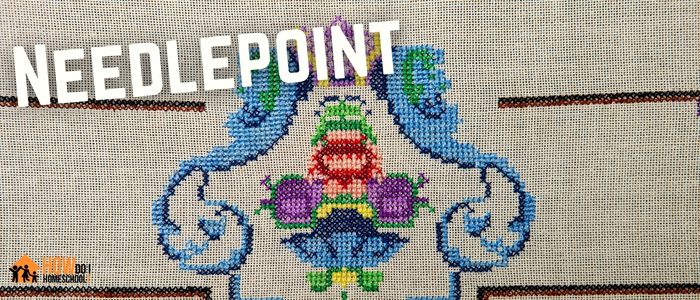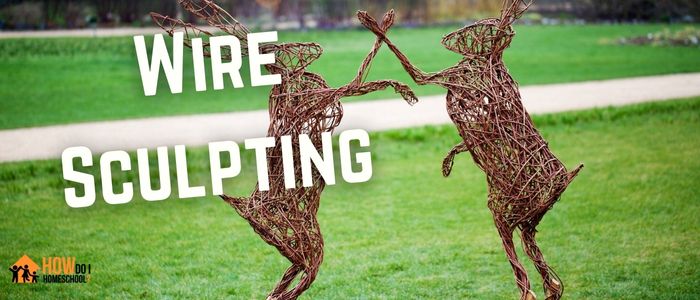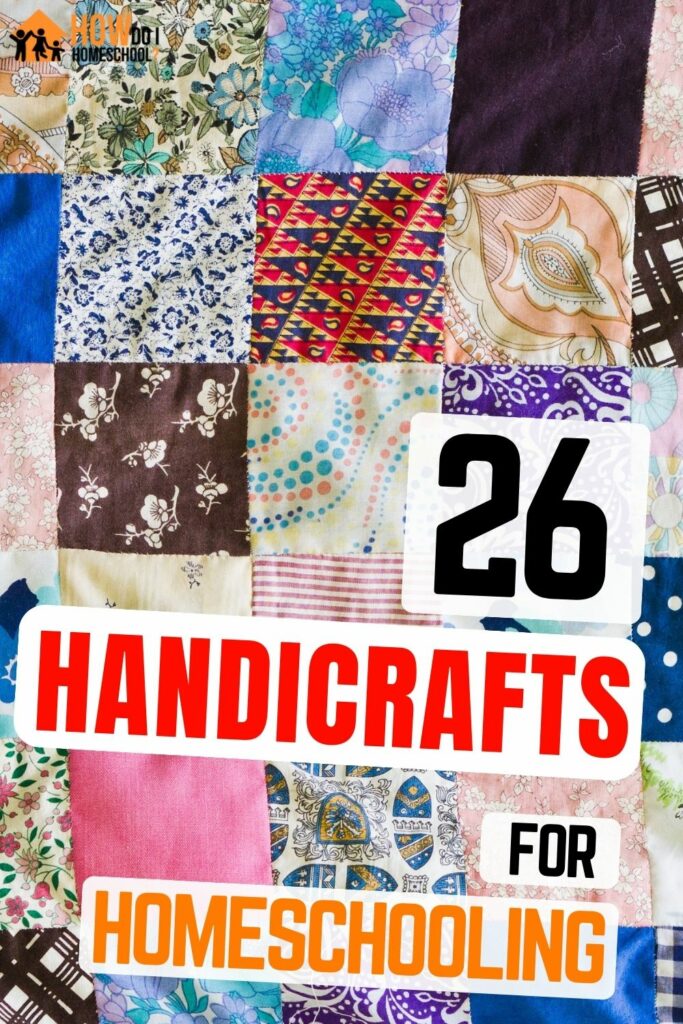Are you looking for a fun and creative way to add variety to your homeschool curriculum? Charlotte Mason’s handicrafts provide an excellent opportunity for students to learn practical skills while exploring their artistic side. Handicrafts are also a great way to bless others with the things you (or your kids) make! This article will explain the many benefits of introducing Charlotte Mason handicrafts into your homeschool.

I hope you enjoy reading this blog post. If you want to do my course on how to homeschool, click here.
Also, if you are a newcomer to homeschooling, I highly suggest enrolling in the Homeschool Parenting Program. This program will provide you with comprehensive knowledge of homeschooling, ensuring that you feel confident and at ease. The course is both engaging and enlightening.
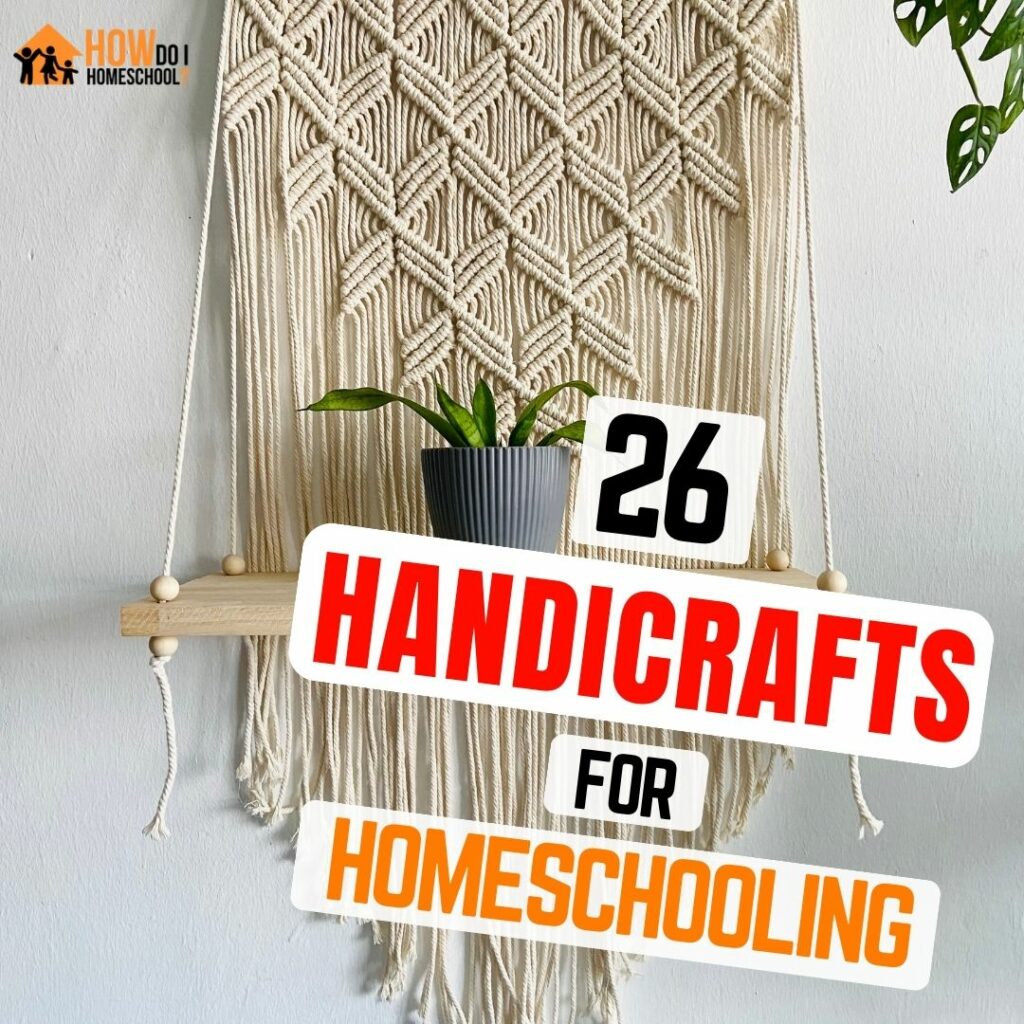
Affiliate links are used on this website.
List of Charlotte Mason Handicrafts
Below is a helpful list of Charlotte Mason handicrafts you can do in your homeschool. We’ve also included a short description of what the activity involves.
Knitting
Knitting is an ancient craft that has been passed down through generations since the Middle Ages. It involves looping yarn in a particular pattern to create clothes, accessories, and even decorative items. For many, knitting is more than just a hobby; it’s a form of relaxation or creative expression.
The basics of knitting involve two needles and one ball of yarn. Double-pointed needles are mostly used for smaller projects like socks and hats, while circular needles are better suited for larger projects such as sweaters and blankets. The knitter will use the tension between their hands to cast on stitches onto the needle in order to begin their project. After casting on all the necessary stitches, the knitter will then use different techniques such as stockinette stitch or garter stitch to complete their item. Once finished, they can enjoy wearing or using their unique handmade creation!
Crochet
Crochet is a type of needlework that involves creating fabric from yarn or thread. It is a craft that has been popular for centuries, and can be used to create a wide range of items such as clothing, accessories and home decorations. One of the most appealing qualities of crochet is its versatility; there are literally hundreds of different stitches and techniques which can be used to produce different effects.
At its simplest level, crochet requires just one hook and some yarn or thread to get started. Using this basic tool set it’s possible to make hats, scarves, shawls, blankets and much more. But crocheting doesn’t end here – with practice it’s possible to learn how to work with complex patterns and motifs in order to create intricate garments or works of art.
A great way to get started is to grab some crochet kits for kids here.
Rug Hooking
Rug hooking is an art form that has been around for centuries and continues to be popular today. This craft involves taking strips of fabric or yarn and pulling them through a stiff woven base such as burlap, linen, or monk’s cloth. The strips are usually cut from wool fabric remnants in varying sizes depending on the desired effect. Once the rug is completed, it makes a beautiful and unique home decor piece.
The technique of rug hooking is surprisingly simple; it requires only basic supplies and minimal technical skills. All you need to get started is a pattern, some fabric scraps, a frame or hoop with backing material attached, and a latch hook tool. With these items in hand, you can begin creating your own custom design!
This is a particularly good Charlotte Mason handicraft for boys.
Embroidery
Embroidery is a craft that involves decorative stitching with thread and needle to embellish fabric or other materials. It has been practiced by many cultures around the world for centuries, and today it remains a popular method of decorating clothing, linens, curtains, and more. Embroidery can be used to make intricate designs or simple patterns such as dots and lines.
The main tools for embroidery are an embroidery hoop or frame, embroidery floss or yarn, an embroidery needle, scissors, thimbles (if desired), and the fabric to be embellished. Each type of material requires different types of needles and flosses depending on thickness and texture; for example cotton fabrics require finer needles than thicker fabrics like velvet.

Plastic Canvas Needlework
This type of needlework involves using a plastic canvas, which is a lightweight plastic material with small holes punched in it, along with yarn and different types of stitches. Plastic canvas needlework is a great way for both beginners and experienced crafters alike to express their creativity.
The types of stitches used in plastic canvas needlework are basic embroidery stitches such as the running stitch, backstitch, French knot, and straight stitch. A variety of different types of yarn can be used when crafting with plastic canvas; however wool felt is the most popular choice because it doesn’t unravel like other yarns. Using these materials you can make anything from wall hangings and tissue box covers to small toys like stuffed animals or dolls.
This is a particularly good Charlotte Mason handicraft for boys.
Cross Stitch
Cross stitch is an embroidery technique that has been used since the Middle Ages. It is a form of counted thread embroidery in which X-shaped stitches are made on fabric in order to create a design. Cross stitch can be done with any type of thread, yarn, or floss and can be worked on almost any type of fabric.
The most common way to start a cross stitch project is by using Aida cloth, which consists of evenly spaced holes that provide guidance for the stitcher when counting out the stitches. To create a basic pattern, the stitcher counts out evenly spaced vertical and horizontal stitches across their chosen material and follows a chart or pattern to determine where to place each stitch. Using different colors of thread helps make patterns more vibrant and exciting. After all the stitching has been completed, it’s time to frame or display your masterpiece!
Felt Projects
Felt projects are an exciting and creative way to craft, involving the use of colorful felt and other materials. Felt is a unique fabric that can be used for a variety of projects, from art pieces and decorations to costumes and toys. With simple tools like scissors, needles, and thread, an array of beautiful creations can be made with felt.
These projects are ideal for both novice crafters who enjoy simple crafts as well as experienced makers who can create more elaborate designs. Felt is versatile in that it comes in different textures and colors as well as various weights that range from lightweight to heavy-duty. Additionally, felt is great for children’s crafts since it’s soft enough to cut without scissors but sturdy enough to hold its shape when crafted into something else.
This is a particularly good Charlotte Mason handicraft for boys.
Clay Sculpting
Clay sculpting is a creative art form that uses clay, usually sculpting and firing hardened clay, to create unique pieces of artwork. This type of sculpture has been around for centuries, and is popular among both professional and amateur artists. Clay sculptures can range from small figurines to life-size statues, with the artist’s imagination being the only limit.
The process begins by selecting a type of clay suitable for the desired outcome; common types include earthenware, stoneware and porcelain. The artist then creates their masterpiece by hand modeling or using molds or other tools to shape the clay into its intended design. Once complete, the piece is allowed to dry before it’s fired in an oven or kiln at extremely high temperatures until it hardens into a ceramic material – this is known as “biscuit firing”.
This is a particularly good Charlotte Mason handicraft for boys.
Beadwork
Beadwork is an ancient craft that has been used for centuries to create beautiful and intricate pieces of art. This type of art form dates as far back as 30,000 BCE, with some of the earliest examples found in Africa and Europe. Beadwork involves using small beads made out of glass, stone, clay, metal or plastic to create a pattern on textiles like fabric or leather. Depending on the technique used to create the piece, it can be considered a form of weaving or embroidery.
The most popular types of beadwork are peyote stitch and loom bead weaving. Peyote stitch is commonly used by crafters and artists alike because it creates an evenly spaced pattern in a variety of shapes including triangles, squares and circles. Loom bead weaving allows for larger pieces with more complicated patterns and designs than peyote stitching does.
 Carving-Soap or Wood
Carving-Soap or Wood
Carving is a creative activity that has been enjoyed for centuries. From chiseling intricate designs in stone to shaping wood into beautiful sculptures, carving can be both a hobby and an art form. With the emergence of new materials such as soap, it is now possible to carve even more intricate designs and shapes than ever before.
Soap carving combines traditional sculpting techniques with the unique properties of soap to create intricate works of art. The soft material makes it easy to shape and manipulate into desired shapes, while also allowing for greater detail compared to harder materials like wood. Soap carvings are often used in art classes as a fun way for kids to learn basic sculpting skills without having to worry about sharp tools or hard materials.
Wood carving is more traditional than soap carving but requires careful handling of tools and patience when working with the hard material.
This is a particularly good Charlotte Mason handicraft for boys.
Quilting/Patchwork
This is a particularly good Charlotte Mason handicraft for boys.
Quilting or Patchwork is a popular craft that involves the stitching together of small pieces of fabric to create decorative designs and patterns. It can be used to make blankets, wall hangings, clothing, and cushions. It’s an art form that has been around for centuries and it’s still very much alive today!
The process starts with selecting the fabrics you want to use in your quilt. You’ll need to decide on a color palette as well as if you want any special motifs incorporated into the design. Then you’ll cut out the individual patches of fabric that will be used in the quilt top. After piecing them together, they are then layered between a batting material and backing fabric and stitched together with hand or machine quilting stitches to hold it all in place.
Weaving-Paper, Yarn etc.
Weaving is an ancient craft that has been used for thousands of years to create beautiful textiles, decorations and more. The practice involves intertwining two distinct materials together to produce a single larger item. Weaving can use a variety of different materials, such as paper, yarn, fabric and even metal or plastic cords.
The basic process of weaving typically consists of looping the material over and under itself in a pattern to form the cloth. Different techniques exist for weaving depending on the type of material used and its properties — for example, some fabrics are better suited for plain weave than others. With paper weaving, you can make all sorts of unique crafts like baskets, bookmarks and wall hangings. Yarn-based weaves produce classic products such as rugs or tapestries which have been popular since antiquity due to their decorative potential.
This is a particularly good Charlotte Mason handicraft for boys.
Braiding/Knotting Floss (Friendship Bracelets)
Braiding Knotting Floss is a popular garment accessory used for creating beautiful friendship bracelets. It is a type of jewelry making string that can be cut to whatever length desired and comes in many vibrant colors. This type of floss has been used to create intricate designs and patterns for various kinds of hand-made jewelry, such as friendship bracelets, anklets, and necklaces.
Knotting Floss is made from materials like nylon, rayon and cotton threading material that are all intertwined with beads or charms. It can be easily molded into different kinds of shapes without the need for any additional tools or supplies. Additionally, this type of floss is extremely flexible which allows it to be manipulated into complex patterns and designs quickly and easily. With Braiding Knotting Floss you can create colorful accessories with just your hands!
Lanyards
The art of making lanyards is a traditional handicraft that has been used for centuries to make practical and attractive items. Utilizing fabric, yarn, twine, or rope, these decorative creations serve many different purposes from creating jewelry to holding keys and ID cards securely. The craft of making lanyards is a fun activity for individuals of all ages and skill levels as it offers an array of colors and textures to work with.
The process begins by gathering the materials needed such as cord or rope in the desired length, beads (optional), scissors, tape measure, lighter (for melting the ends), pen or marker for labeling your creation if desired. After you have collected all necessary supplies it’s time to begin crafting! First tie a knot at one end of your cord or rope and then braid down towards the other end.
This is a particularly good Charlotte Mason handicraft for boys.
Wax Modeling
Wax modeling is an ancient technique used in the fields of sculpture, jewelry design, and object manufacture. It is a method that has been used for centuries to create sculptures, models, jewelry designs and other objects with the use of wax. Wax modeling is a very versatile process that can be used for both small and large projects.
The basic steps involved in this process involve heating up the wax material to make it easier to work with, then sculpting it into the desired shape or form using various tools such as knives or chisels. Once cooled down, the wax model will hold its shape until melted again when further modifications are needed. The final product can be cast into a permanent material such as bronze or gold using a lost-wax casting method.
This is a particularly good Charlotte Mason handicraft for boys.
Woodworking
The handicraft of woodwork is an ancient practice that has been around since the dawn of civilization. Today, it remains a popular hobby for those who appreciate the beauty and functionality of wooden objects. Woodworking combines artistry, craftsmanship, and practicality in a way that makes it both enjoyable and useful.
Woodworking involves cutting, shaping and assembling wood into pieces such as furniture or sculptures. It is an age-old tradition practiced across many cultures worldwide. The techniques used are varied but usually involve the use of tools such as saws, chisels, planes and sanders to cut pieces to size and shape them accordingly. Finishing touches may also be applied by painting or staining the finished product for an even more polished look.
This is a particularly good Charlotte Mason handicraft for boys.
Basket Weaving
Basket weaving is an ancient art form that has been practiced for centuries. It is the process of using materials such as grasses, reeds, bark, and other natural fibers to create beautiful baskets. The practice of weaving can be traced back to the Paleolithic era where baskets were used for carrying food and storing items. Today, basket weaving is a popular hobby among many people who find joy in creating something from scratch with their own hands.
The process of basket weaving involves creating a sturdy base by forming coils or a lattice pattern with strips of material. Once the base is complete, weavers use different techniques to construct walls around the base and add intricate details such as adding texture through plaiting or coiling different pieces together. Afterward, weavers often dye their woven creations to give them color and life.
This is a particularly good Charlotte Mason handicraft for boys.
Paper Cutting
Paper cutting is an art form that dates back centuries. Traditionally, paper was cut by hand using scissors or a sharp blade to create intricate patterns and designs. This form of art has been practiced around the world for centuries, with different countries and cultures having their own unique styles of paper cutting.
Today, paper cutting is still a popular artform and it’s used in many different ways. It can be used as decorations for special occasions like weddings or birthdays, or to make cards, scrapbooks, wall hangings and more. Many people also use papercutting techniques to create decorative items such as bookmarks, jewelry boxes and frames. Some artists even use this technique to create three dimensional sculptures out of layers of paper! No matter what type of project you decide to take on with this technique, you can be sure that your creations will be truly unique and eye-catching!
This is a particularly good Charlotte Mason handicraft for boys.
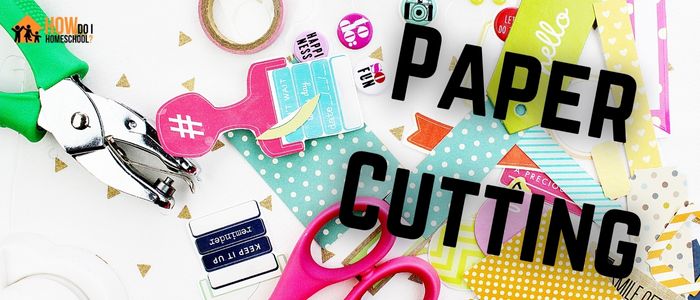
Doll Making
Doll making is an age-old craft that has been passed down from generation to generation. It is a creative form of art that allows individuals to express their artistic side as they create unique dolls for decoration or play. Dolls can range from simple fabric dolls to complex porcelain creations. Regardless of the type, each doll is a labor of love and requires skill, knowledge, and patience.
The process of creating a doll begins with choosing the materials needed such as fabrics, threads, stuffing material and accessories like eyes, hair and clothing. Depending on the type of doll being crafted, different techniques may be required such as sewing patterns or sculpting clay bodies. Once all the components are put together in the desired shape and design it is time for painting or dyeing which adds life-like features to the character created.
Spool Knitting (Toilet Roll Knitting!)
Spool knitting, also known as French knitting, is a traditional craft that has been passed down through generations. It’s a simple technique to learn and can be used to make many beautiful items. Spool knitting involves using a spool or knitting Nancy, which is essentially four pegs attached to a base, and it can produce anything from small projects such as jewelry and décor items to larger ones such as scarves and blankets.
The spool knitting technique requires the use of yarn or other fibers wound around the pegs in circles. The loops are then pulled out one at a time with the help of a crochet hook or crochet needle, creating an interlock stitch pattern. With practice and patience, this method will soon create beautiful knitted products that are sure to last for years!
Many of us have done spool knitting on a toilet roll by attaching 4 paddle-pop sticks to the bottom and knitting round the circle.
Macrame
Macrame is an art form and craft of knotting threads or cords into beautiful patterns. It has been around for centuries, practiced by many different cultures, and it’s still popular today. Macrame is a great way to add texture and visual interest to any room, whether hanging from the wall as wall art or draped over furniture as throws.
The technique itself involves tying together cords in a variety of knots to create intricate patterns with shapes and details. The materials used are usually cotton or synthetic cord, though other fibers like wool can be employed for more specialized techniques. Knots are also made with beads and bells for added decoration. The possibilities are endless – from delicate lacy pieces for jewelry making to large-scale statement pieces for home decorating!
This is a particularly good Charlotte Mason handicraft for boys.
Applique
Applique is a type of textile decoration in which pieces of fabric are cut out and stitched onto other fabrics. It is one of the oldest forms of textile art, with many examples dating back to ancient Egypt and China. This technique has been widely used in quilting, costume design and even home décor projects for centuries.
Applique can be done by machine or by hand. Hand-appliqued designs require cutting and stitching multiple layers together, while machine applique involves a single layer that’s embellished with pre-cut felt or fabric pieces. The result is an intricate pattern that stands out from the base material due to its texture and shape. Applique also gives makers the freedom to create unique designs with embroidery or paint as well as incorporate patches, buttons and other embellishments for added dimension.
 Smocking
Smocking
Handicrafts of all kinds have been around for centuries, and smocking is no exception. Smocking is a needlework technique that dates back to the Middle Ages and was used to decorate clothing and other items with intricate embroidery. The process involves creating tiny pleats in fabric by gathering it together and then stitching it into place with tiny stitches. This creates an ornamental design or pattern that can add texture, color, and dimension to fabrics such as cotton or velvet.
Smocking patterns are traditionally inspired by nature, such as flowers, birds, bees, trees, or leaves. Some patterns may also be inspired by geometric shapes or abstract designs. These patterns are then transferred onto fabric using a template called a smocking plate before being stitched together with an embroidery hoop to create the finished product.
The photo below isn’t the best smocking photo I could find…look it up on google images and you’ll get a better idea of what it is if you dont’ know.
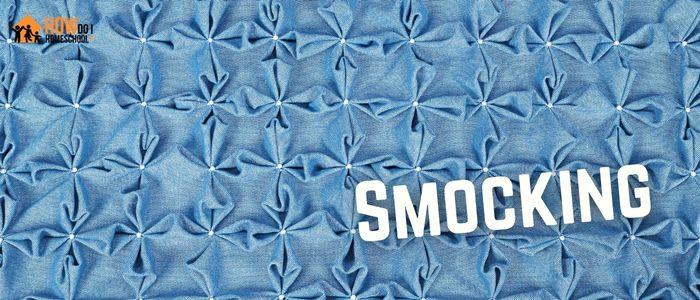
Tatting
The handicraft of Tatting is an ancient art form that has been passed down through the generations. It is a type of lace-making that involves knotting, looping, and braiding thread to create beautiful pieces of fabric. The art form dates back to the early 19th century and was once popular among European aristocrats.
Tatting is made using two basic stitches, the shuttle stitch and the needle stitch. The shuttle stitch involves winding thread around a small tool known as a shuttle which is then used to create loops and knots in order to make intricate patterns or motifs. The needle stitch uses a needle with an eye at one end instead of a shuttle; this method allows for more complex designs to be created than with just the shuttle alone.
Needlepoint
Needlepoint is one of the oldest forms of embroidery that has been used for centuries. It is a form of counted thread embroidery, utilizing a needle and thread to create beautiful designs on fabric. The stitches are created from the back side of the fabric, with small holes or openings in the material allowing for each stitch to be seen from both sides. Needlepoint can be done by hand or with a machine, depending on how intricate the design needs to be.
A needlepoint project typically consists of three components – canvas, threads and needles. The canvas is usually made up of linen that has been woven into small squares with evenly-spaced holes; these provide a guide for where each stitch will go as well as determine how large your final project will be.

Wire sculpting
Wire sculpting is an art form that involves twisting, bending and knotting wire to create three-dimensional pieces of art. It’s a relatively new art form, emerging in the early 20th century when artists began experimenting with different types of wire and metals. Today, wire sculptors create beautiful sculptures using materials like copper, aluminum and steel.
The process begins when the artist selects the type of wire they want to use for their sculpture. They then shape it into the desired shape using pliers or other tools. Afterward, they add details such as folds and curls to create a more complex design. The artist may also use a variety of paints or patina treatments to finish off their piece. Final touches can include adding beads or other decorations for further visual interest.
This is a particularly good Charlotte Mason handicraft for boys.
Sewing
Sewing is a versatile and timeless craft that involves the art of joining fabrics together using a needle and thread. It is a skill that has been practiced for centuries and has evolved from a necessary means of clothing construction to a popular hobby and form of creative expression.
The process typically begins with selecting fabrics and patterns, followed by cutting and shaping the material to fit the desired design. Whether it’s hand-sewing or using a sewing machine, precision and attention to detail are key in creating beautifully crafted garments, accessories, and textiles.
You can start your preschoolers with DIY sewing cards and then move on to more complex sewing projects.
Want to Learn About Homeschooling?
So, you’ve learned a lot in this Simply Charlotte Mason curriculum review.
But you may want to learn more about homeschooling in general. There are two great ways to learn more about homeschooling: one is free, and one is a $67 fundamentals course.
1. The Ultimate Homeschool Parenting Program
Transform your homeschooling experience and take it to the next level with our comprehensive online course.
Led by expert educator Rebecca Devitt, you’ll learn the strategies and techniques you need to succeed in homeschooling. This program is packed with valuable resources, a personalized curriculum, and an effective way to manage your time that will help your children thrive.
You’ll have lifetime access to the course for just $67.
Sign up now and start your journey to a successful homeschooling experience!
2. The Free How to Homeschool YouTube Channel
Want something better than a homeschool blog? Look no further than the How to Homeschool YouTube channel!
This channel is designed to help homeschooling parents with expert tips, educational content, and a wide range of resources.
Whether you’re a seasoned veteran or new to the homeschooling world, you’ll find something valuable on our channel. And the best part? It’s completely free!
I know you’re going to love the channel! (In fact, here it is below!)
Other Articles on Charlotte Mason You might Like
- Classical vs Charlotte Mason Education: Similarities and Differences
- The Charlotte Mason Homeschooling METHOD
- Charlotte Mason Principals of Education (with EXPLANATIONS)
- Who was Charlotte Mason? A Short Biography of Charlotte Mason
- Ambleside Online Curriculum Review: Why I Chose Ambleside
- BEST Charlotte Mason Homeschool Curriculum Packages: Get Right Program
Conclusion on the Charlotte Mason Handicrafts List
Charlotte Mason’s philosophy of education is a great way to supplement and expand homeschooling. Her idea to incorporate handicrafts into learning helps develop a child’s creativity, resourcefulness, and problem-solving skills. With the right materials and guidance, children can learn a variety of crafts that will help them become more independent in their learning and life. Charlotte Mason’s unique approach to teaching is a valuable tool in helping children reach their full potential.
I love comments. Please comment below.


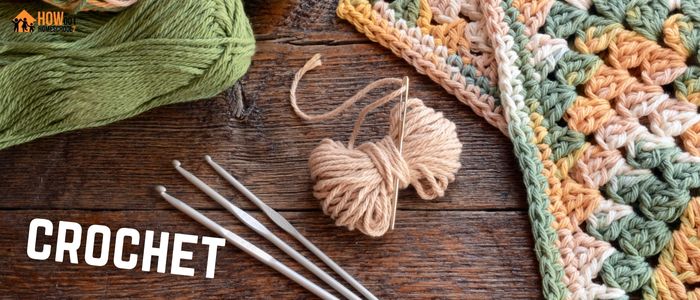

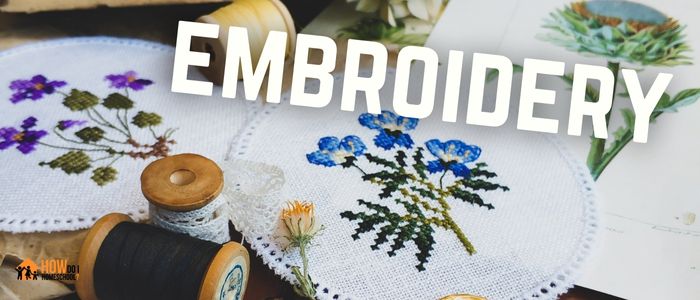
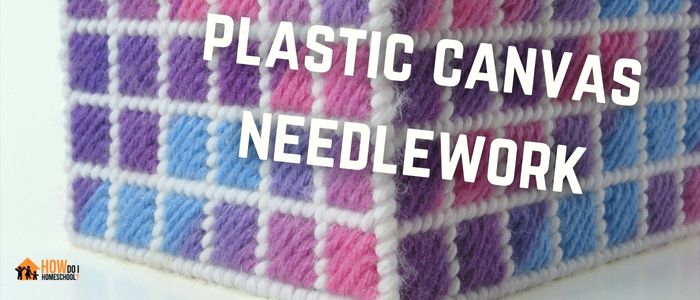
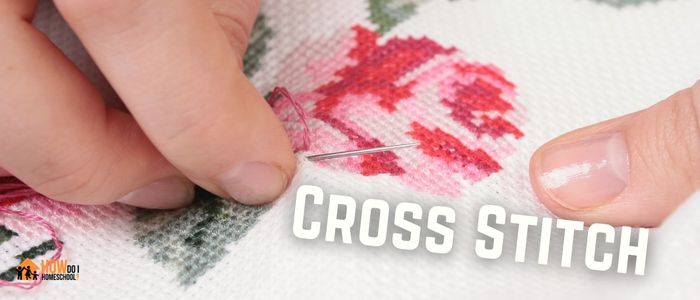

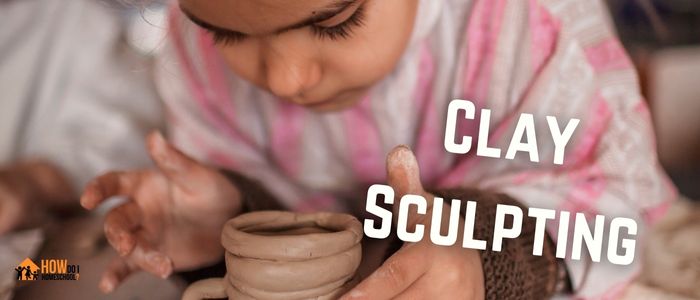
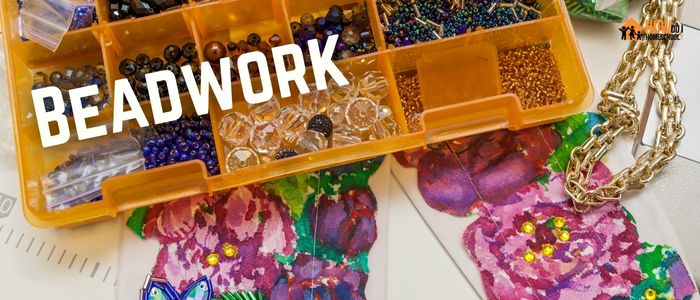 Carving-Soap or Wood
Carving-Soap or Wood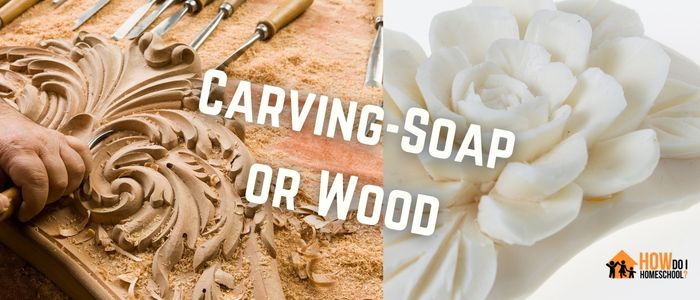
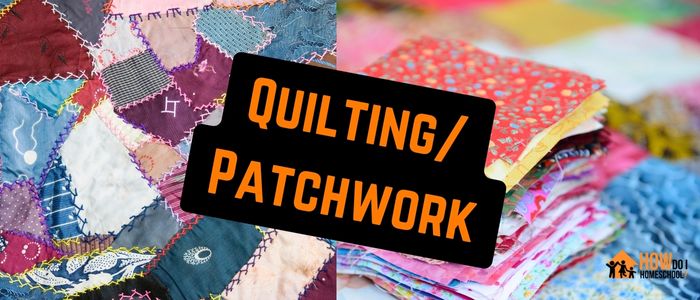
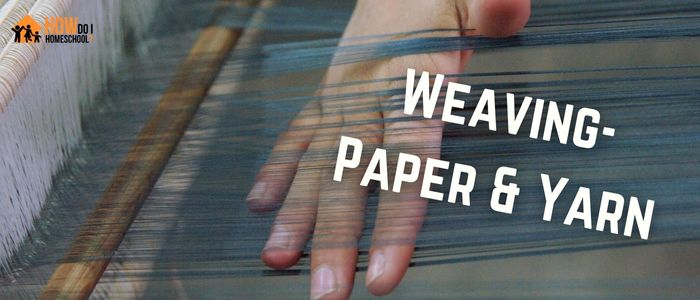
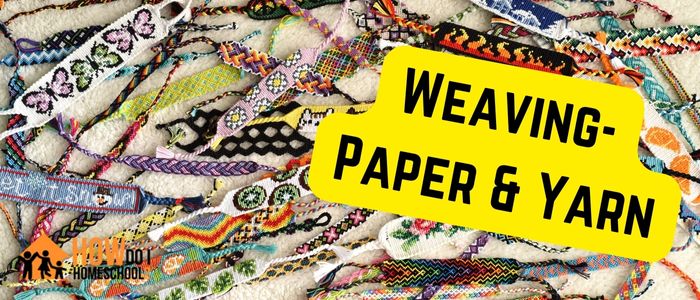
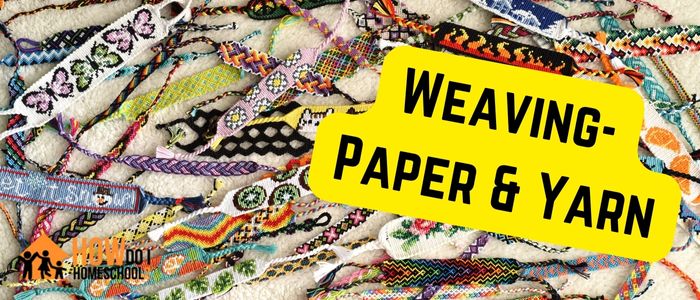

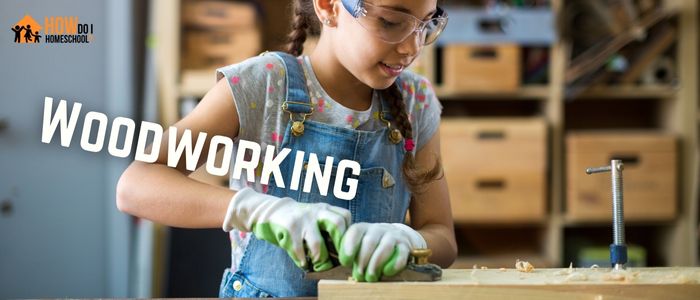
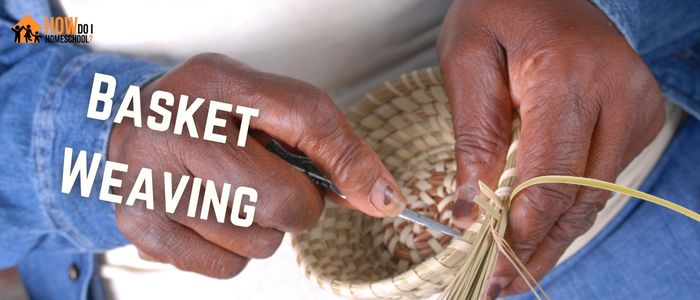


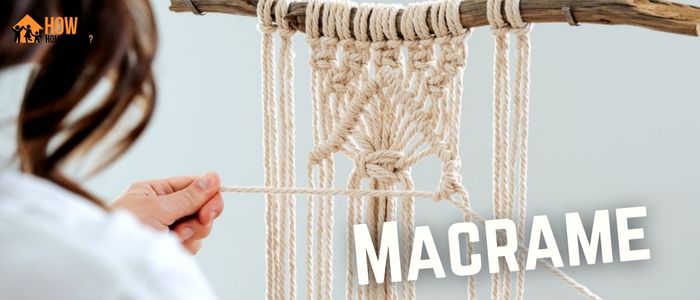
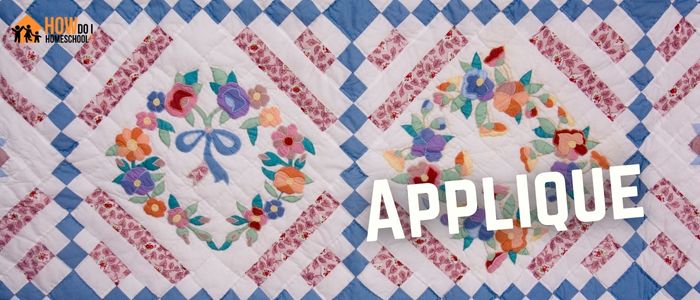 Smocking
Smocking